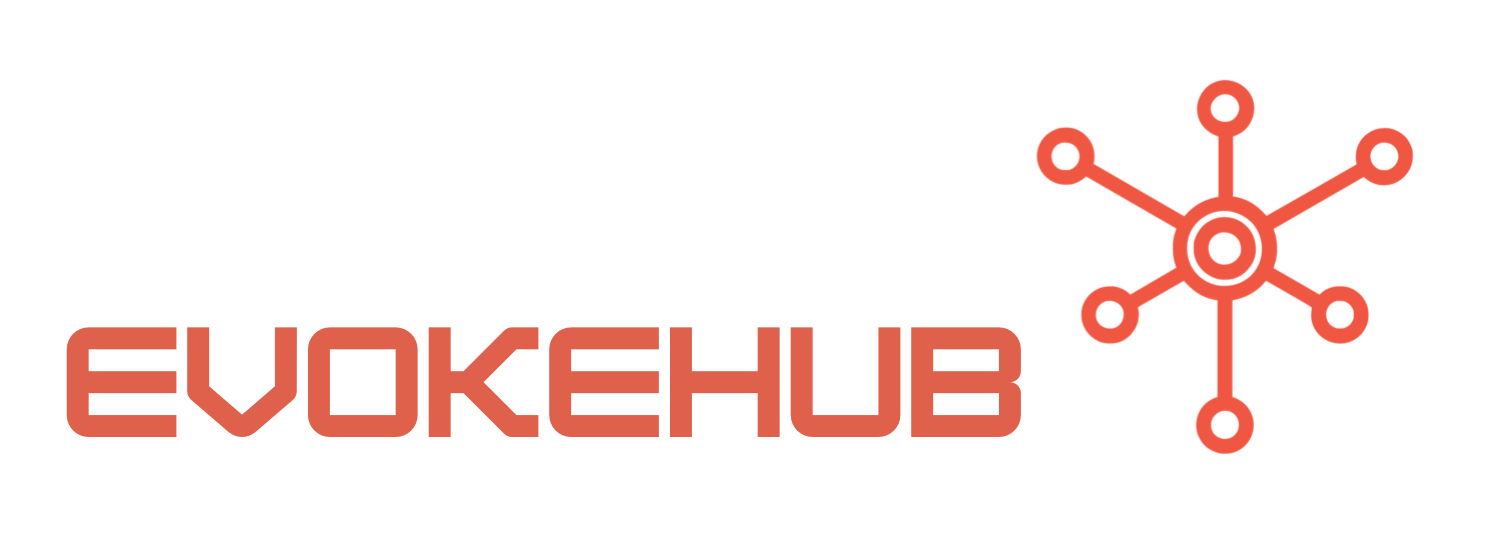Unleash the Power of Mocks: Testing Just Got Exciting!
When you think about unit testing, what pops into your mind? A solitary function, a few assertions, and a whole lot of waiting for those green checkmarks? Well, it’s time to shake off that dreary image! Mocking dependencies in your tests introduces a whole new layer of engagement. By simulating the behavior of complex components, you can isolate the unit under test and focus on what truly matters—ensuring your code works as intended. Imagine setting up a mock dependency that behaves like a quirky character from a story, ready to respond with humor and charm.
Using mocks lets your tests become interactive playhouses where you can experiment with various scenarios without the overhead of real dependencies. For instance, if your code interacts with a database, you can create a mock that returns pre-defined responses, allowing you to test various edge cases without worrying about the actual database state. This not only speeds up your testing process but also gives you the creative freedom to explore how your code reacts to different inputs. For more ideas on how to implement mocks, check out the Moq documentation.
Let’s not forget the joy that comes from seeing your tests pass with flying colors! With mocks, you can easily set up and tear down your test scenarios, ensuring that your tests are both reliable and repeatable. No more frustrating dependencies causing unexpected behavior! Instead, your tests become a game of strategy where you control the narrative. So, gather your mock armies and get ready to unleash the full power of your unit tests—testing just got a lot more exciting!
Level Up Your xUnit Skills: Fun with Mock Dependencies!
Now that we’ve ignited the spark of excitement in our testing journey, it’s time to level up your xUnit skills with the art of mocking. The beauty of xUnit lies in its flexibility and the wealth of community support available to you. With libraries like Moq, you can effortlessly create mock objects that behave exactly as you need them to. The combination of xUnit and mocking libraries is like a dream team, ready to elevate your testing experience to new heights.
Let’s take a moment to dive into the practicalities of mocking with xUnit. To get started, you’ll want to install the Moq package alongside your xUnit framework. Once you have that in place, crafting your first mock object is as easy as pie! Imagine you have a service that depends on an external API. Instead of smashing your keyboard late at night trying to get the API to work just for a test, you can create a mock that simulates the API’s responses. This way, you can test your service in isolation and explore all the different ways it could react without the complexity of real-world dependencies. It’s like having a magic wand that lets you conjure up just the right conditions for your test!
But it doesn’t stop there! As you become more comfortable with mocking, consider experimenting with advanced techniques such as verifying mock interactions or throwing exceptions when certain methods are called. The flexibility that mocks provide can lead to a more robust test suite and an overall delightful experience. Plus, you’ll find yourself confidently addressing edge cases that you might have ignored otherwise. So, take the plunge and embrace the fun of mocking dependencies in your xUnit tests—your code will thank you, and you’ll have a blast in the process!
In conclusion, mocking dependencies in xUnit not only enhances your testing capabilities but also adds a layer of enjoyment to your workflow. By embracing the power of mocks, you can create engaging, reliable tests that make your code more robust while turning a tedious task into an exciting adventure. With the right tools and techniques, you’re well on your way to mastering the art of testing, and who knows—you might even find yourself looking forward to writing those test cases! So, unleash your creativity, level up your xUnit skills, and let’s make testing fun again! Happy testing!




